We may earn money or products from the companies mentioned in this post. This means if you click on the link and purchase the item, I will receive a small commission at no extra cost to you ... you're just helping re-supply our family's travel fund.
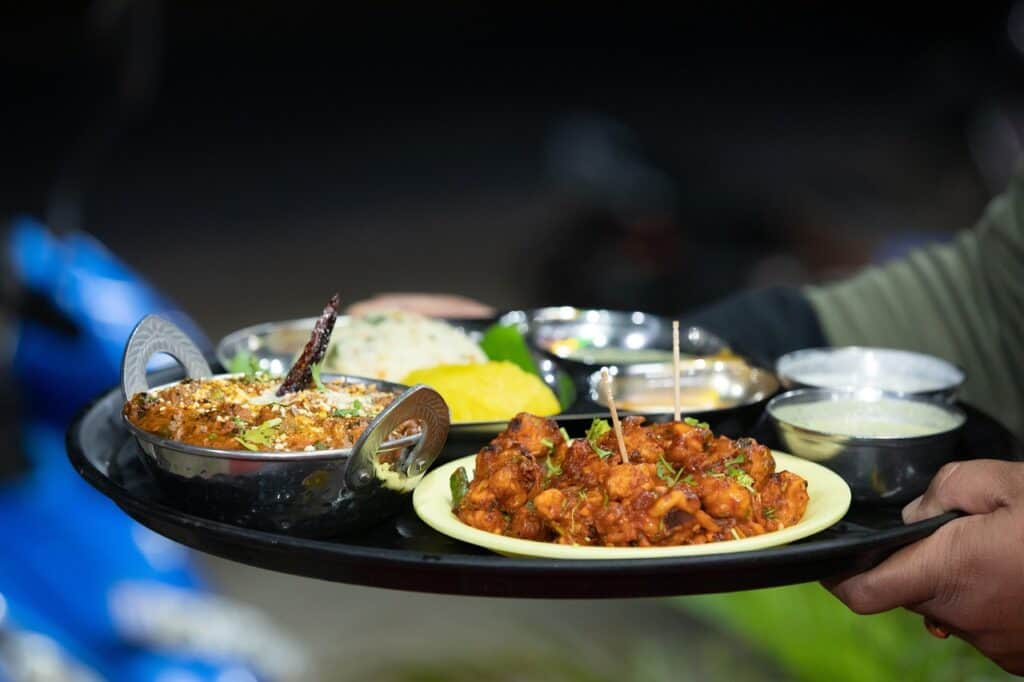
Indian food is a continent of kitchens, not a single menu. Some favorites in U.S. restaurants came from British curry houses, Indo Chinese cooks, or recent Delhi innovation, then circled back as “classics.” Others are real but far from pan Indian, shaped by a region, a season, or a festival. The point is not gatekeeping. It is precision. Knowing where a dish came from makes the story taste better, and leaves room for the everyday food most families actually cook.
Chicken Tikka Masala
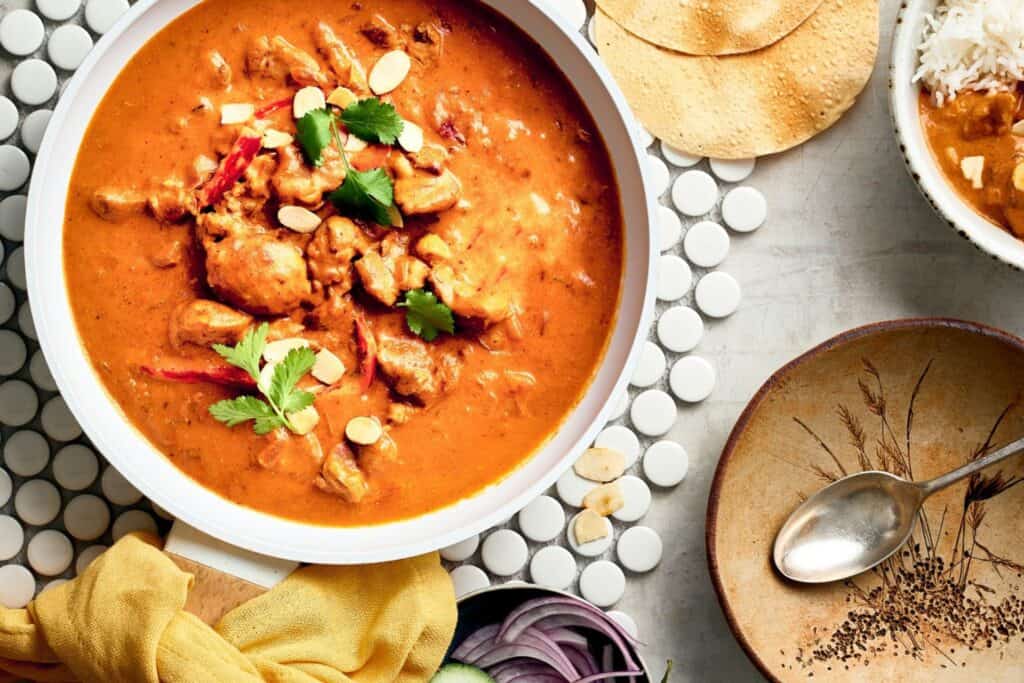
This beloved orange curry likely took shape in the U.K., where cooks paired smoky chicken tikka with a creamy tomato gravy to suit British tastes. It resembles Delhi’s butter chicken but is not the same dish, and it is hardly a homestyle staple across India. In India, tikka usually arrives dry from the tandoor with onions and lemon. The saucy, sweet version traveled back through hotel menus and became “traditional” by repetition, not by roots.
Balti
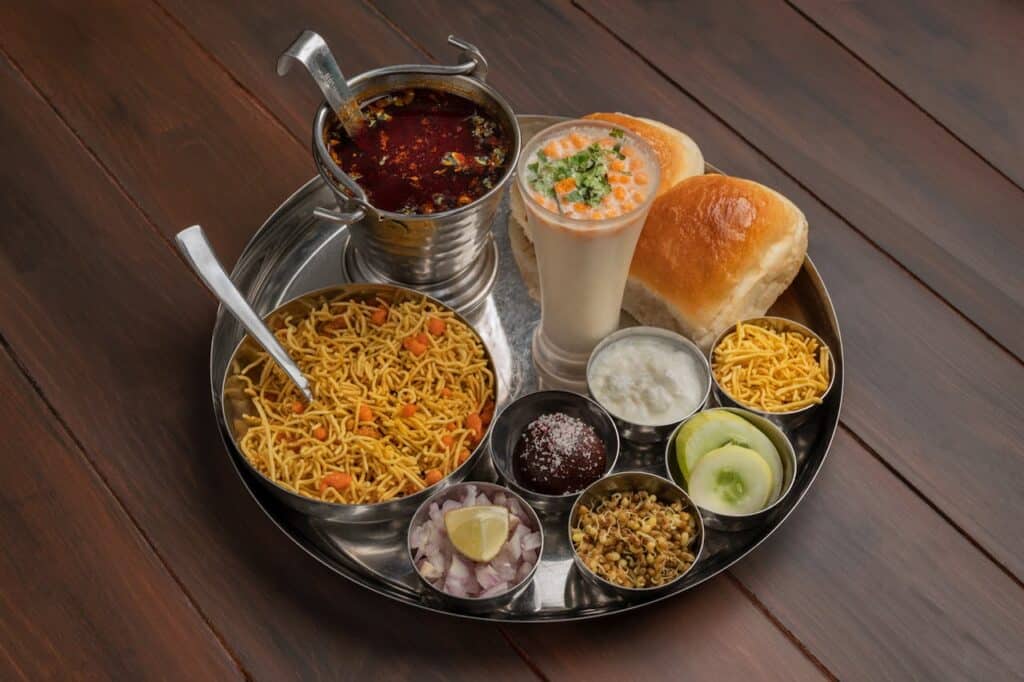
Balti refers less to a recipe and more to a style born in Birmingham’s curry houses, cooked quickly in a small steel pan and served still sizzling. The gravies lean bright with tomato and garlic, built for naan dunking and late nights. In northern India, a balti is simply a bucket, not a cuisine. The flavor profile works, which is why it stuck, but the origin story is Midlands, not Multan, and the pan on the table is the giveaway.
Phall
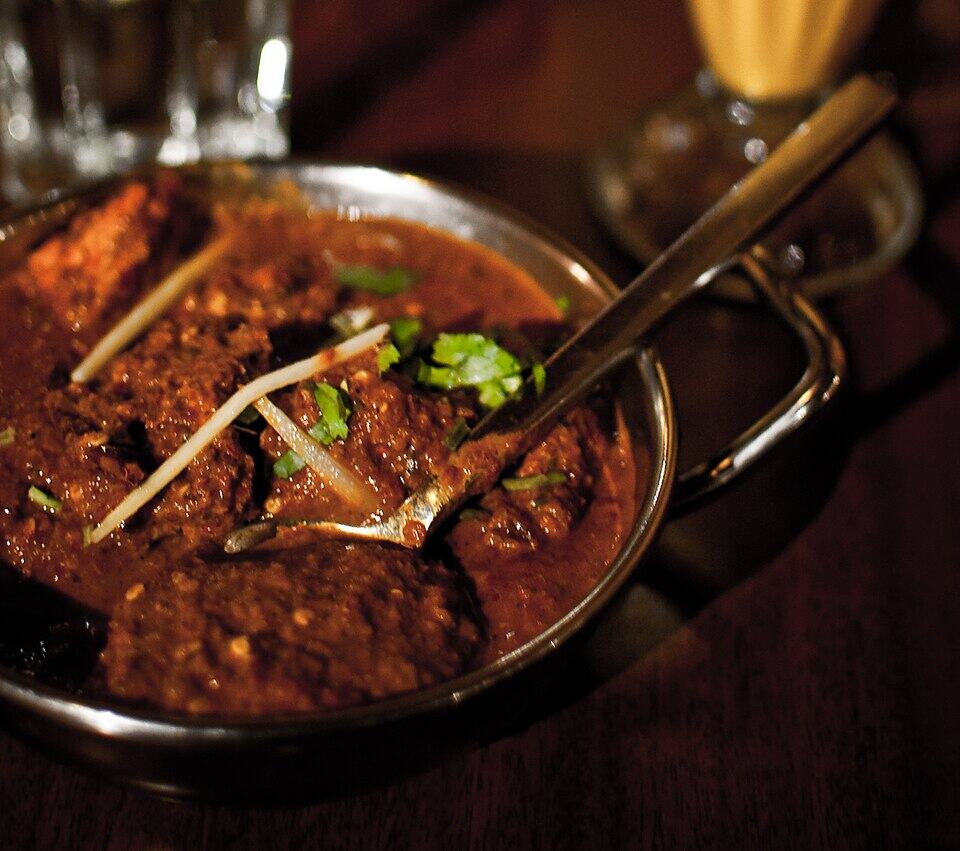
Phall is the macho heat challenge of British curry menus, tuned with extra chilies and often powdered boosters to top vindaloo on the Scoville chart. It does not trace to a grandmother’s kitchen anywhere in India, where even hot regions balance fire with vinegar, coconut, or tamarind. The dish exists to dare, not to nourish, and that is fine as theater. Just do not mistake it for a Goan or Andhra tradition. It is Birmingham bravado in a bowl.
“Madras” Curry
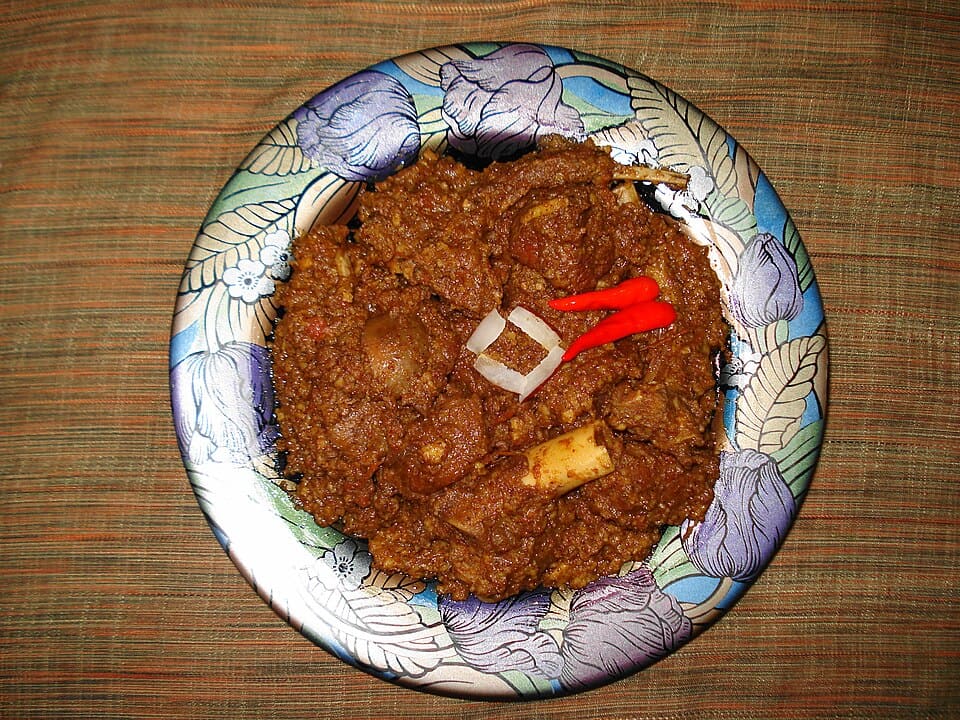
Order a “Madras” in the U.S. or U.K., and a red, tangy curry arrives with chili and tomato forward notes. Chennai, the city once called Madras, has rich food traditions, but this specific catchall sauce is a curry house label, not a single Tamil recipe. South Indian gravies vary wildly, from peppery mutton kuzhambu to coconut based fish curries. The restaurant shorthand endures because it is easy to print on menus, even if it blurs a region into one flavor.
Mulligatawny Soup
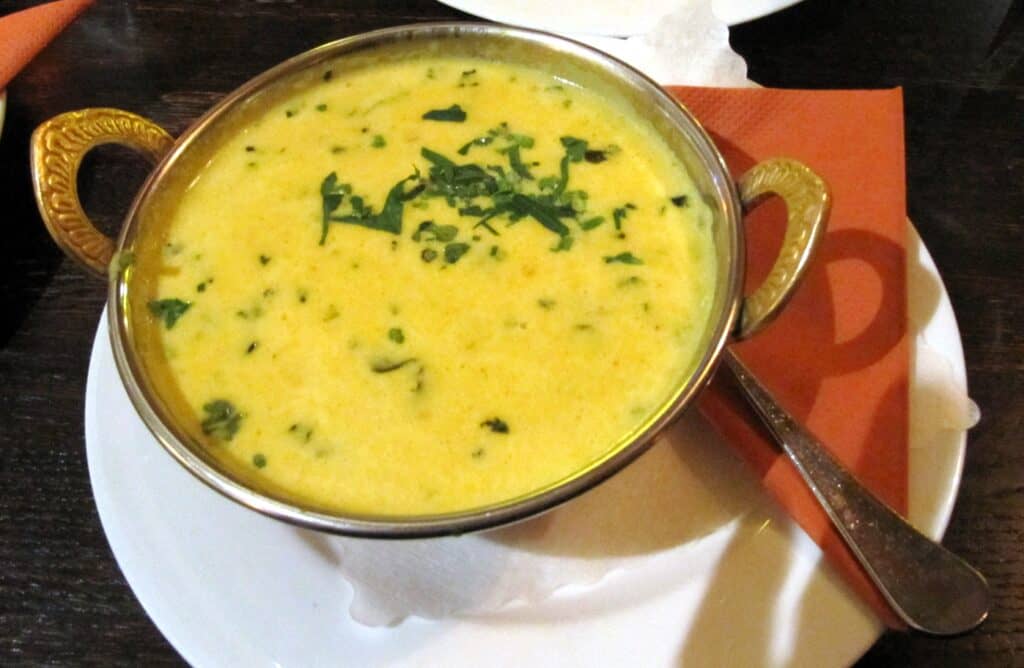
Mulligatawny began as Anglo Indian comfort, a colonial riff on Tamil pepper water called milagu thanneer. British cooks added stock, rice, and sometimes chicken or apple, transforming a spicy broth into a hearty soup for club tables. It is tasty on a cold day, just not something an average household in Chennai simmers on a Tuesday. The name carries the original language, but the bowl tells a different story, written between madras checks and silver spoons.
Gobi Manchurian

Crisp cauliflower tossed in a sweet hot sauce reads Chinese by name, Indian by soul. Credit often goes to enterprising Bombay chefs in the 1970s who built an Indo Chinese canon for bar snacks and quick dinners. The style leans soy, ginger, and green chilies, then lands under street lights and at family tables alike. Authentic to India’s cities, yes. Ancient or pan Indian, no. It is a modern classic from a very specific urban appetite.
Chili Chicken

Another Indo Chinese stalwart, chili chicken comes in dry and gravy versions, both built for beer and late conversation. The seasoning skips garam masala for soy, vinegar, and chilies, finished with scallions and bell peppers. It feels Indian because it grew up in Kolkata’s Chinese community and spread nationwide, but it is not a village recipe from Punjab or Kerala. Call it what it is: a city born hybrid that earned its spot by pure crowd appeal.
Chai Latte And “Chai Tea”
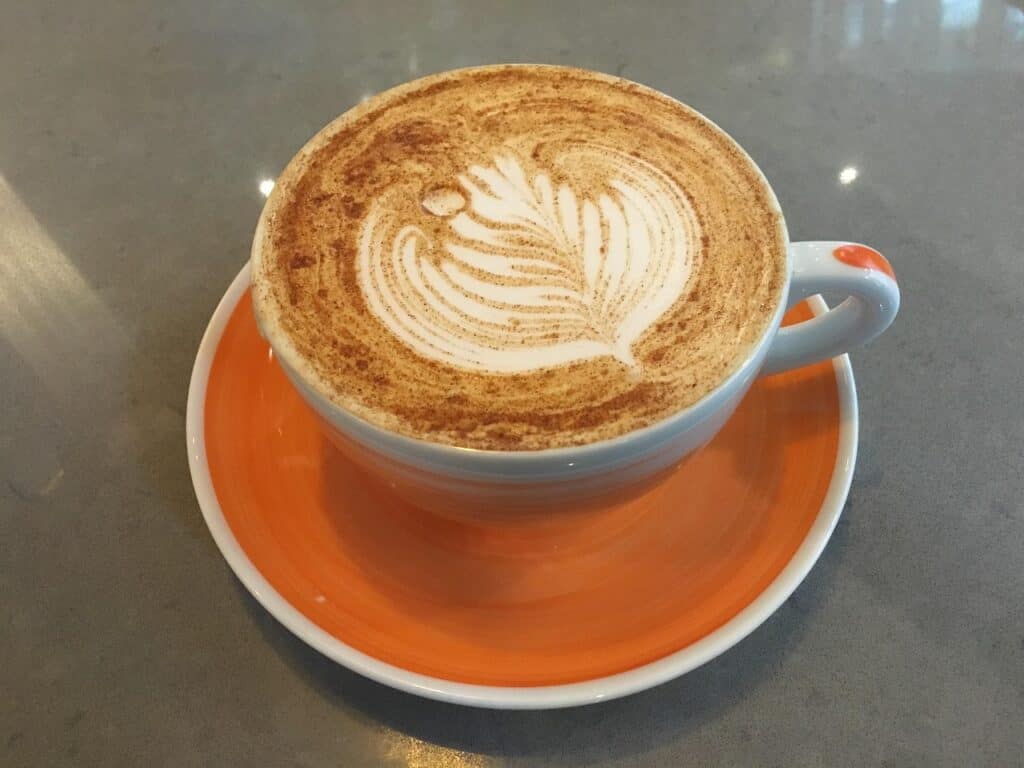
“Chai” already means tea, so “chai tea” doubles the word, and the frothy cafe latte spin is a Western dessert drink. In many Indian homes, masala chai is brisk black tea boiled with milk, ginger, and cardamom, poured strong in small glasses. It is not buried in foam or drowned in syrup, and spice blends change by household and season. Enjoy the latte for what it is, then try the stovetop version to meet the real daily ritual.
Mango Lassi With Spicy Curry
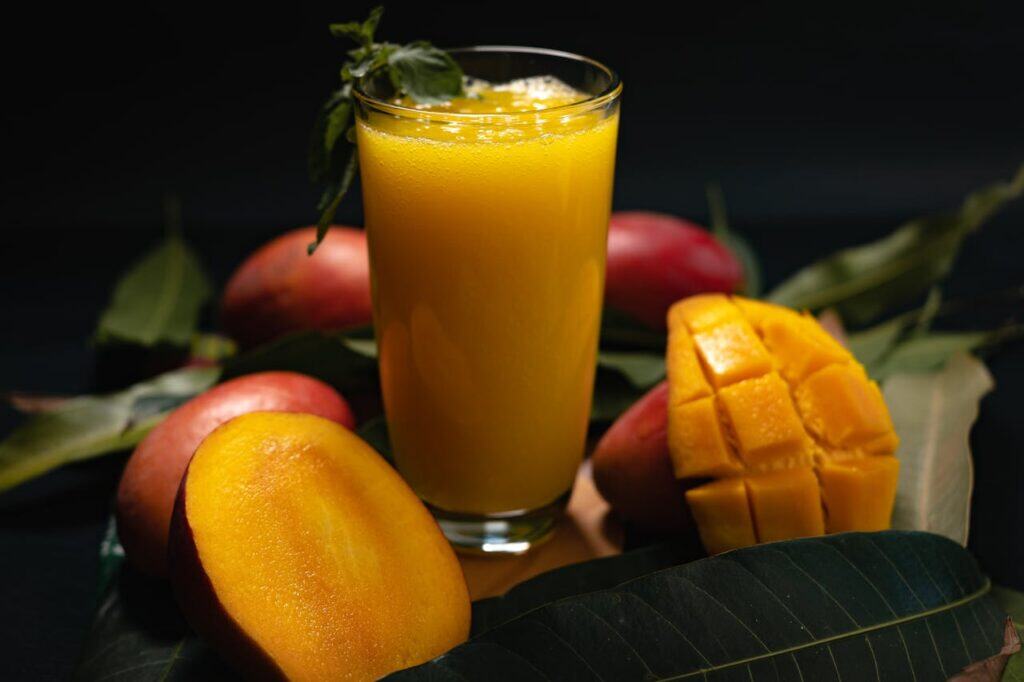
Mango lassi tastes like vacation, but it is seasonal and closer to a treat or breakfast drink than a default dinner pair. In Punjab and across the north, salty lassi or plain chaas cools a midday meal, while sweet mango blends arrive when Alphonso or Kesar come ripe. Restaurants outside India serve mango lassi year round because diners love it. The habit stuck, but it does not mirror everyday tables where fruit follows the meal, not rides alongside heat.
Garlic Naan With Everything
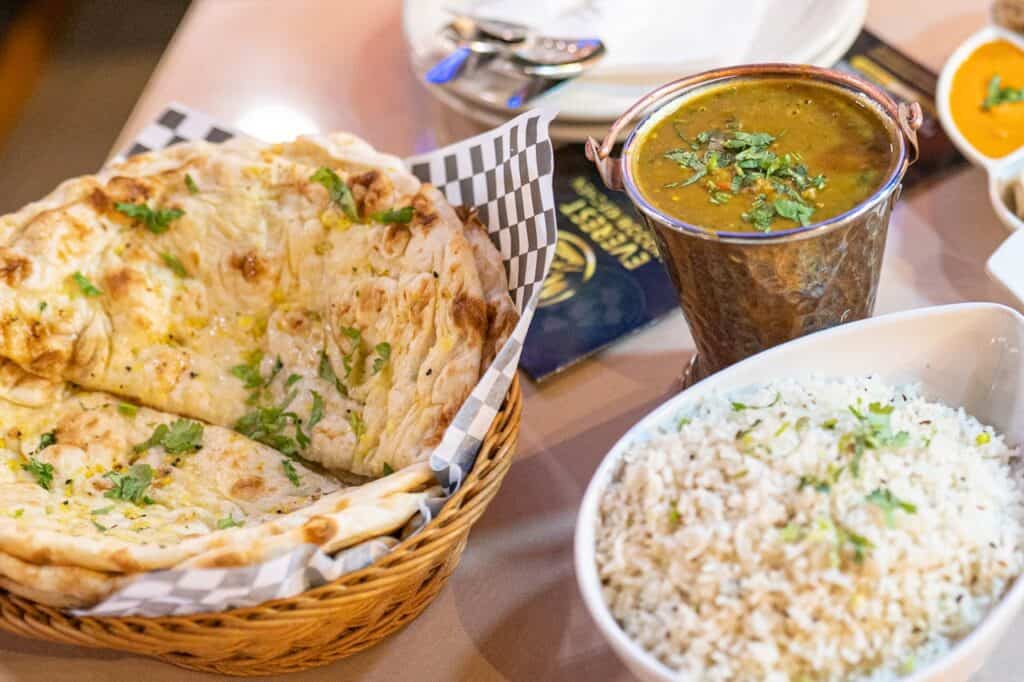
Naan is a tandoor bread, wonderful at restaurants and special occasions, but not the daily staple across most homes. Chapati or phulka, griddled on a tawa, fills that role in much of the country because tandoors are uncommon in private kitchens. Heavily buttered garlic naan became a default in export menus, often paired with rice in the same meal, which would surprise many families. Delicious, yes. Traditional for Tuesday dinner, not really, and certainly not nationwide.